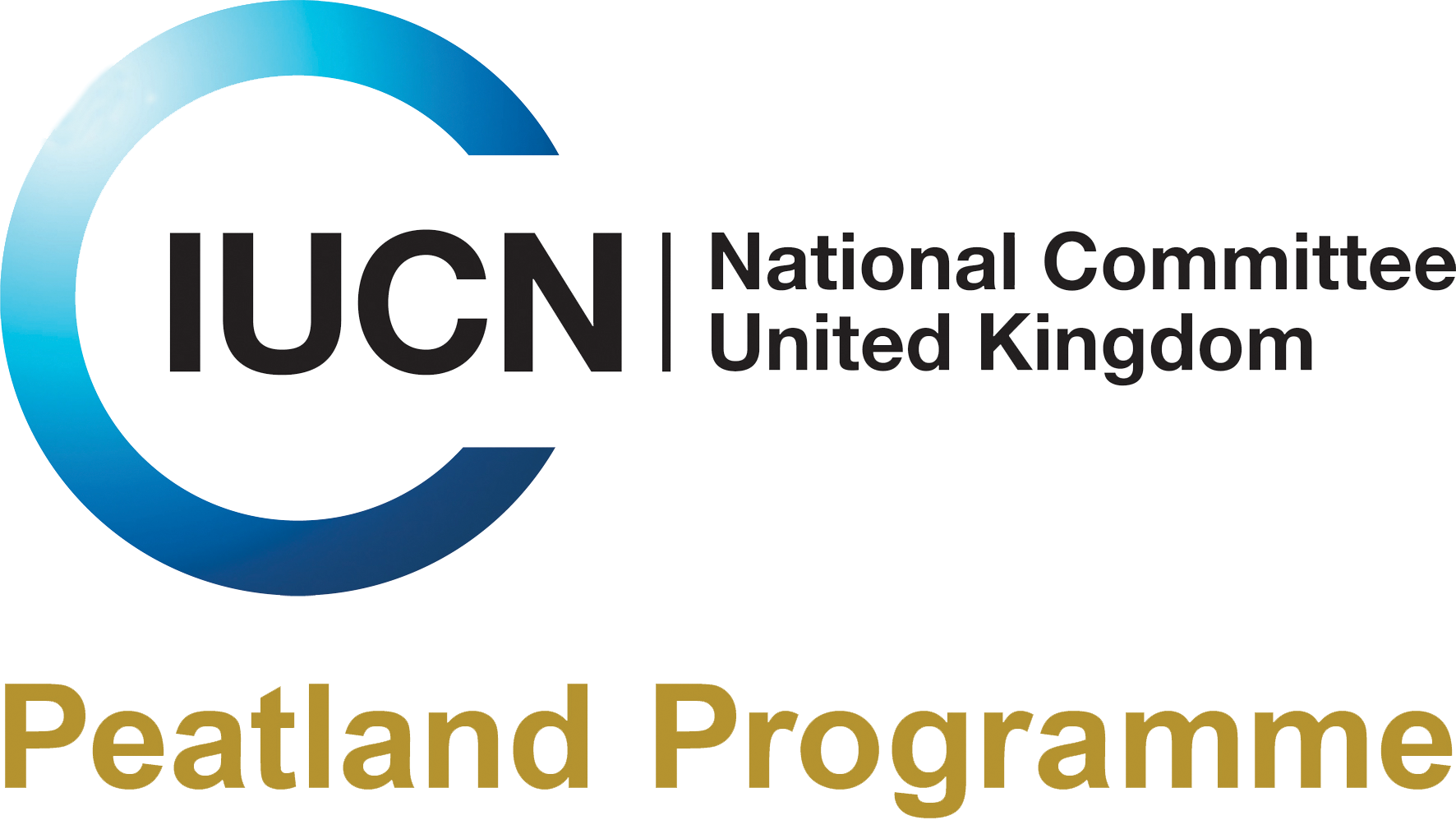By Jacqueline Wright, Business Development Manager, Beadamoss®
Throughout our most intensive UK-wide lockdown, we all gained a heightened appreciation for nature – on our once-daily walks, growing our own veg or house plants and reduced air pollution near our homes. This experience may feel a million miles from a wet, boggy peatland (unless you’re lucky enough to live on one), but our expectations of a Green Recovery can and should include peat and peatlands in the conversation.
Peat is extracted (dug up) around the world for a variety of uses (e.g. fuel, whisky production), but primarily for use in horticulture and agriculture in the UK; it is an excellent growing media, resulting in many of our house plants, and even vegetables like lettuces, being grown in peat. If you’ve discovered the fun of gardening or grow-your-own veg, peat may well have been a large proportion of the compost available.
Peatlands are further damaged by agriculture; the centuries of drainage of fenland to access the fertile soil has caused a loss of peat through oxidation, or simply blowing away in high winds. Eventually, all the peat disappears leaving 'skirtland' – poor, undesirable farmland. Naturally, farmers will increasingly be searching for new, sustainable land uses and incomes.
Our Green Recovery should include peatland restoration where possible – rewetting, re-establishment of native species (e.g. Sphagnum moss, cottongrass) – halting climate change impact, whilst creating jobs and valuable habitat for a range of wildlife. Efforts such as the Peatland Code are essential to facilitate more peatland restoration in the future by utilising private funding.
The Green Recovery needs to also address the ways peatlands are damaged to prevent this current destructive cycle. Investments (time, money, resources) into innovative peat-free horticultural products is necessary. Both politics and society need to support the daunting process of replacing our use of peat - the UK alone use three million cubic metres each year for horticulture! Wider publicity, on the plight of peatlands and consequences of peat-use would result in more public understanding and support for new policies.
Peat-free growing media is more expensive than peat because they require time, energy and inputs, whereas peat is simply extracted (almost free!). To level the playing field, adding peat’s “environmental cost” (like a tax) makes peat-free more price competitive and it could fund the development of new products, and address the learning-curve faced by growers to ensure successful usage.
A ban on peat is likely to be required to achieve a peat-free economy, allowing peat-free products to flourish. The UK government’s failed voluntary 2020 phase-out target now aims for 2030, but the Committee for Climate Change UK say 2023 to reach our climate targets. Difficulties will be faced in this, such as regulating compost used in imported plants. Options could include “border” checks – extensive and costly work, with difficulties in identifying compost types. Instead, a traceability system similar to current Plant Passports could be introduced, but is an additional complication for businesses, and may not be that effective. Most imported plants are from the EU, so a timely EU ban could resolve a large chunk of this problem.
The alternatives available today have their share of problems, particularly the limited quantities available and competing industries (i.e. woodchip for biomass energy generation). One such viable, new product is sustainably produced Sphagnum moss through Sphagnum Farming; this hits two birds with one stone: it is an effective peat-free alternative, whilst also providing a solution to the problematic drained fenland in the form of a new wetland (paludiculture) crop for a farmer’s livelihood. Furthermore, Sphagnum absorbs carbon and also displaces the need for further carbon-released peatland damage (wild harvesting of Sphagnum, peat extraction or drainage for agriculture). An Innovate UK project demonstrated this using innovative methods including sustainably sourced Sphagnum (from BeadaMoss®), with commercial-scale trials starting this year. Government funding support to further develop new products and methods like this is needed to fuel the way to peat-free.
Whichever solution is reached, likely resultant higher costs for growing media needs to be handled carefully - the financial burden on consumers could affect accessibility to foods from the most vulnerable in society, but letting the burden fall on farmers will accentuate their existing financial struggles. Subsidies, schemes or rewards would encourage: (a) farmers to grow food crops peat free, and (b) farmers to grow peat substitutes like Sphagnum (with similar advantageous properties to peat). This requires strong political commitment to ban peat and support the new peat-free society.
I hope we all start talking more about peatlands, and the opportunities and security possible through going peat-free, through restoration and by supporting our agricultural and horticultural industries. The positive impact this could have on our climate and environment is immense – let’s include peatlands and peat-free in our Green Recovery.
